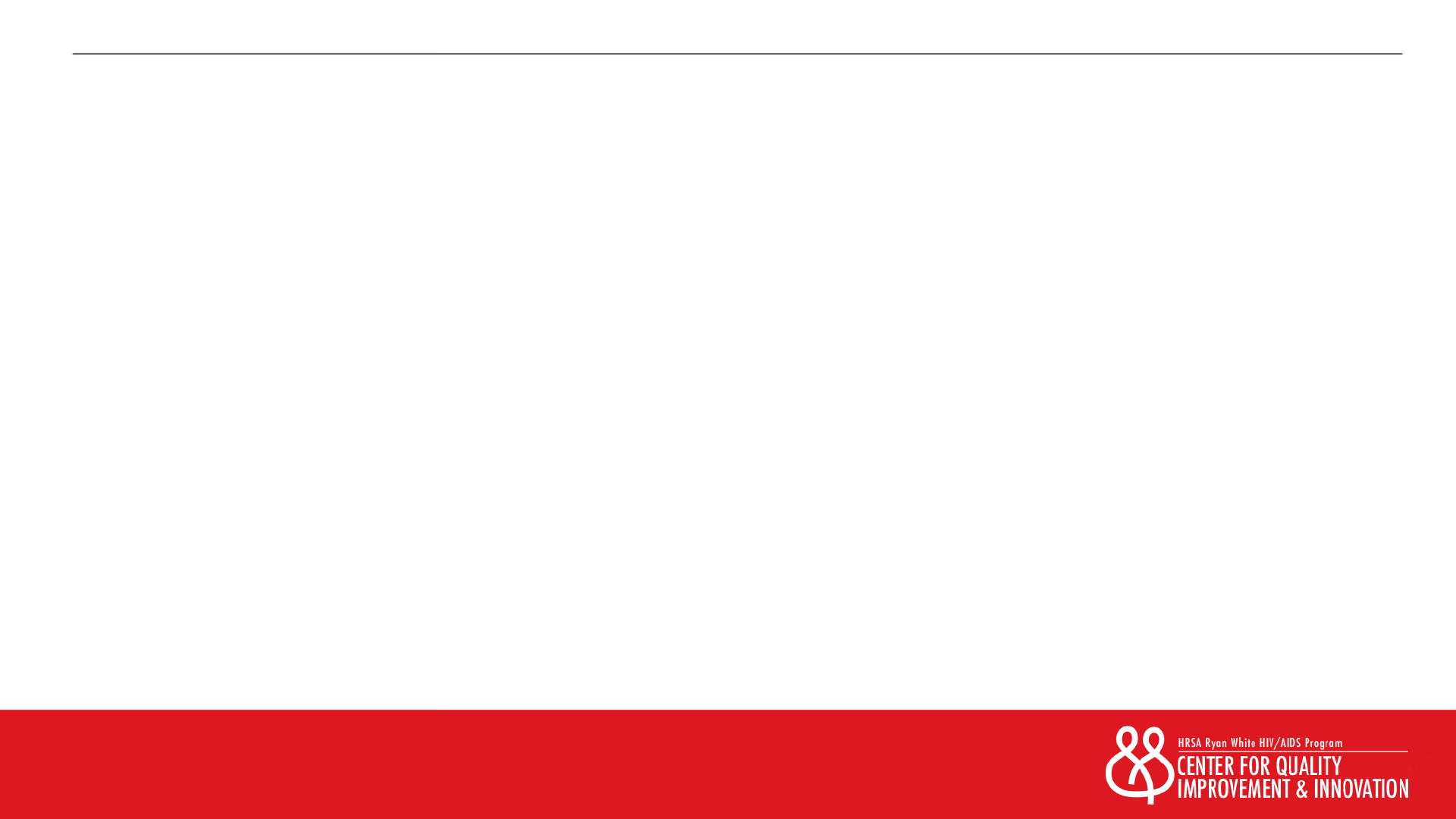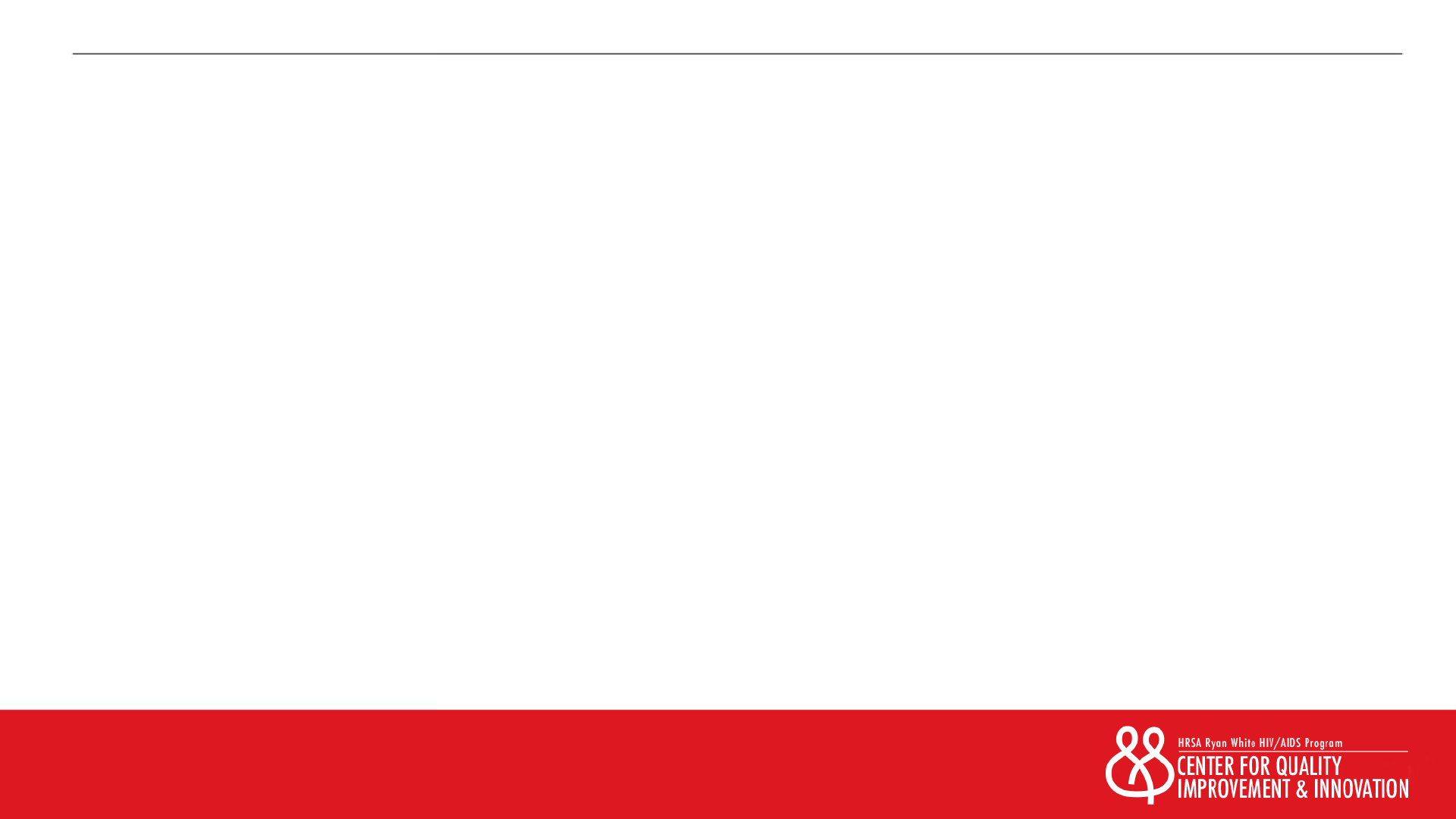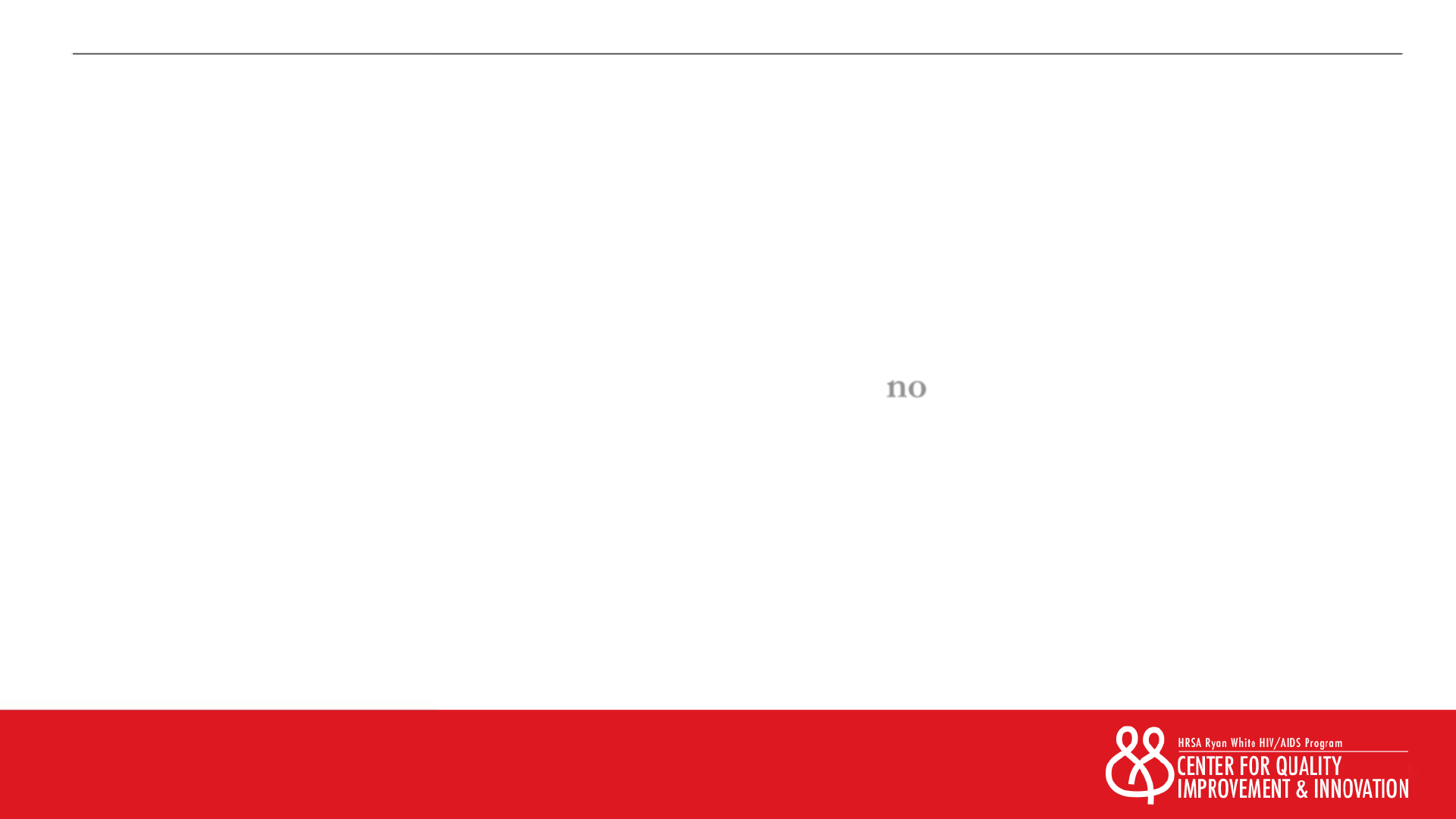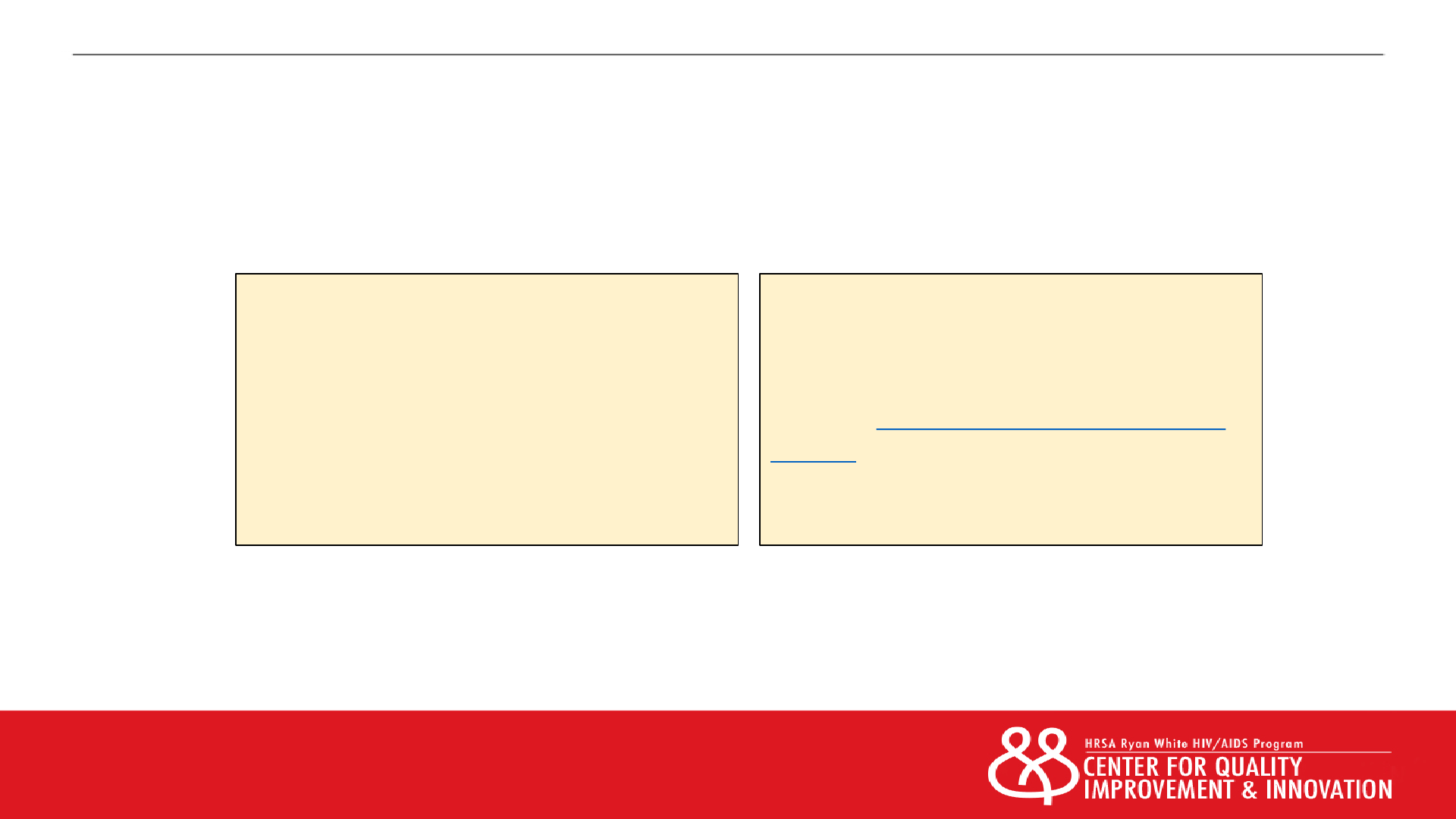
Process & Step Metrics in a
Value Stream Map (VSM)

2
Learning Objectives
At the end of this presentation, you will have a better understanding of:
• Transitioning your flow chart to a value stream map
• Understanding of the stages of the value stream
• Calculating process times
• Current states versus future states

3
Process Measures
• Time Metrics
Evaluate the time to deliver a service to customers, the portion of time that is spent processing,
and if a customer is waiting
.
• Output Metrics
Track the production or activity of agency processes; such as bags of food delivered, or lab
tests conducted.
• Process Complexity Metrics
Describe the complications and nature of a process, such as the number of steps in a process,
number of decision loops etc.
• Step Measures
Process measures that are focused on parts of a process and represent the work of individuals
and teams – often ordinal (yes/no)

4
Value Stream Mapping: Data Boxes
Takt Time: the amount of time it takes to complete the process to keep up with
demand
Ex: our takt to see each patient is 15 minutes
Cycle Time: the amount of time it takes for the step
Ex: Average time to get patients checked out at front desk
Lead Time: Total time from initiation of process to end from customer perspective
Ex: Average time of visit from patient walking in the door to walking out
# of People: the number of staff involved in the step
Inventory: the number of patients or items “waiting”
Ex: We’ve seen 20 pts. and have 10 waiting to be seen or currently in the process and
we have 2 hours before the last slot. Ties into services-in-process and takt.

5
Beginners: Make an Existing Flowchart into a Value Stream Map
1. Take an existing flowchart or other process map
2. Gather a small team that has knowledge of the process
3. Talk through each step at a time
4. Use Sticky Notes and/or markers mark each step:
• Green Mark– value added
• Yellow Mark – requirement
• Red Mark – non-value added
5. Assign each step accordingly – go for consensus
6. Brainstorm how to remove waste and add more value
• Use quantitative process data to inform discussion
• Use qualitative consumer data as well – compare to their map or journey map

6
Patient
Waits
We Should Have Something Like This:
Patient in
system?
Staff asks
patient to
provide
information
Staff asks name,
searches data-
base for file
Staff asks
patient to
be seated
Yes
No
Patient arrives
at front desk
Pt. completes
forms
Staff
enters info
into EMR
Vitals
Taken
Patient Called
Back
Patient Walks
to Exam Room
Provider Sees
Patient
Patient
Waits
Patient
needs labs?
Yes
To
Phlebotomy
No
To
Check
-out

7
Ready for an Advacned VSM?

8
Before You Start the VSM
• Debrief on your preliminary findings from the Gemba Walk
• Get the team together with a couple hours to create the VSM
Be clear the purpose is to end the meeting with a current state map that is suitable for
keeping the project moving forward
• Identify your boundaries--start/end points, the Product Family you want to map,
and the Value Stream Manager/Mapper for that Family
• Gather the basic/key Information
(Consumer Needs, Process Measures, Stakeholders data, Inputs)

9
Making a Detailed Value Stream Map
Flip Charts: three sheets; one for each map
Markers: use to trace your pencil lines
Sticky Notes: can create process steps, or be notes on the process
Squares: process steps
Color Code: red = non-value, orange/yellow = business value, green = value added)
• Or use markers in the corner
Lined squares: for data/metrics i.e. time
Triangles (cut squares diagonally): inputs
Arrows: pull system
Stars: kaizen opportunity for improvement

Customer/
Patient Loop
Information
Data Bar
Service Delivery Process
Stakeholder
Loop
Anatomy of a VSM

11
Comparing VSM States
How do our short term
goals (future), stack up
against long term goals
(Ideal)
Future to Ideal
Compare after our first
cycle of improvements
to where we want to be
1-3 months from now
Future to Improved
Compare Improved
state to ideal
How far have come %
Which gaps are most
valuable to focus on
next
Improved to Ideal
Compare ideal state to
current state (actual).
What are the
discrepancies?
What are gaps that can
be improved?
Current to Ideal

12
Creating the Current State Map
Collect current state information from actually walking along the actual
pathway of the patient and/or information
Begin with a quick walk through along the entire scope using the gemba walk method
Bring a stopwatch and do not rely on information you do not personally obtain.
Time is everything
One person or group collaboration creates the whole map. Do not assign it in
parts
Draw in pencil

13
Creating the Current State Map
Identify the scope of the map for the initiative
Begin with a high-level map across departments/unit
Then focus on the level of processes or step that you wish to address
Identify when the consumers requirements are met (success!!)
Inform process owners that the map we be created from actually walking and get
their input
Agree on icons that will be used
Keep it simple, but good enough

14
Value Stream Mapping: Common Icons

15
Example: Scheduling A
Visit

16
Some Tips
Once overall map is sketched out:
Verify accuracy by asking a representative of one or two departments depicted to check it
over
Ask questions to help you understand
the goal of the process
customer requirements of the process
employee impressions of the process’s ability to meet customer requirements
typical/exceptional process steps

17
Process & Step Metrics in a VSM

18
Process Measures
• Time Metrics
Evaluate the time to deliver a service to customers, the portion of time that is spent processing, and if
a customer is waiting
.
• Output Metrics
Track the production or activity of agency processes; such as bags of food delivered, or lab tests
conducted.
• Process Complexity Metrics
Describe the complications and nature of a process, such as the number of steps in a process, number
of decision loops etc.
• Step Measures
Process measures that are focused on parts of a process and represent the work of individuals and
teams – often ordinal (yes/no)

20
Analysis of VSM Data Boxes
• Performing detailed analysis of a VSM will help a project move from
current state to future state.
Data analysis
• Input data
• Efficiency data – time
• Output data
• Outcome data
Experiential data
Tools to analyze data

21
Measuring Time
• Cycle time - Time to complete a process or process step, excluding wait time
• Takt time - the amount of time it takes to complete the process to keep up with demand
• Best and Worst Cycle time(s) - measures variation, can be plotted on control chart
• Wait time – The process is not moving forward from the internal or external customer perspective
• Percent of services delivered on schedule – Looks at a % benchmark of time
• Value Added Time Metrics - the time spent that improves the outcome of a process
Some standardized measures to consider when looking a project where
time
(waiting,
rework, customer value) is a critical to quality factor include:

22
Takt Time Example:
We have 15 min schedules and we double book – 120 patients are on the schedule today
We have 4 providers
They each are scheduled in the clinic to see patients for 7 hours
what is our takt time?
TAKT TIME
(7hrs*60min*4 providers)= 1680 min
1680min/120pts= 14 min
Let’s calculate the Takt time for patient visits based on the following scenario:

23
Process Complexity
• Process Steps - Total number of steps in a process where a task or activity is performed
• Value Added Process Steps - Number of process steps that add value from a customer’s perspective
• Decisions - Number of points in process where a choice is made about a course of action
• Delays - Number of points in process where time is wasted by waiting for something to occur
• Handoffs - Number of times work is passes from one person, department, or system to another
• Loops - Number of times when there are a series of steps that loop backwards and repeat themselves
at least once (rework)
• Black Holes – The process is full of extreme problems that cause it stop before it completes
Process performance is often impacted by waste within the process. An important aim in improving or
redesigning processes should be make them simple, streamlined, and efficient

24
Time & Value
• It can be difficult to quantify actual value while we’re working on actual improvement
cycles, since value is often captured in outcomes such as improved lab values, cost
savings, and experience or satisfaction measures.
• By looking at time we get a good proxy for what adds value in the process
Value Added Time
• Sum of all value-added time in a process.
Non-Value Added Time
• not just wait time, sum of anything spent on NVA
Percent Value Added Time
• Value added time/total lead time

25
Step Measures
• This is often where root causes are captured.
• This is often where variation in a process is detected
• This is where our projects can offer value adds to our customers
• They effectively measure your improvement cycles
Custom measures that show change quickly
Measures a part of the process. These steps are the places in the system where applying a change idea can
result in improved performance.
Using an appropriate process map can help
illuminate step measures that make sense

26
Using VSM to Make Improvements

27
VSM - Key Questions for Improvement
• What of the ideal state map can be implemented in 1-3 months?
• Identify short term goals to improve:
Timeliness – can we remove wait time and non-value added time?
Productivity – can we create more outputs with the same inputs?
Quality – can we improve health outcomes, service delivery, and experience?
Capacity – can we serve more customers?

28
Example: Scheduling A Visit
Why so
much
variation?

29
Process Analysis Questions
• How many staff are engaged per process step?
• How many consumers are in the system at a given time?
• Can the team identify lean wastes in the process (8 wastes, overburden, unevenness)?
• Can the variation between clients needs be measured?
• Where are the wait times?

30
Stakeholder Loop Questions
• Key question: how do you communicate to stakeholders what you need?
• Resources
• Information
• Support
• What upstream processes affect our process being improved?
• Do we have a stakeholder training program?
• Is there any cross-training?
• Is there currently a clearly defined set of policies and procedures
• Do they align with current service standards?

31
• How many services can we do at one time?
• How long does it take to go from customer demand to service initiation?
• How do we react to customer emergencies?
• Is their waste in our data systems?
Information Questions

32
Information Flow Questions
• How is the process handed off from one step to the next initiated?
Who is involved in the hand-off?
How frequently does a hand-off occur?
What is the process of communication?
• Consider both stakeholders and customers

33
Create the Ideal State Map
• Assume that anything is (reasonably) possible
Our customers are satisfied
Our outcomes are good
High job satisfaction among all staff in the process
Resources are available, if needed
• Create an ideal state map
Map the physical flow of people and materials
Map the information flow or documents and data
Complete the lead time data bar

34
Same Example: Ideal State VSM

35
Documenting Changes
• Summarize key differences between current state and ideal state
What was learned from analysis
What is the anticipated outcome, how much better will we be (quantify)?
Description of the future state
Commitment needed to implement the action plan

36
Improved State
In the improved state we were
able to eliminate the major waste
of waiting up to do a business
day for a return call to make an
appointment.
Additionally, we were able to
improve the phone tree menu,
which improved customer
experience

Gap Analysis: Reviewing Changes in State of the VSM
Current
Improved
Ideal Future
How do we get closer to
ideal from Improved in
next week, month, 3
months?

38
Future State Value Stream Map: Key Questions
1. How would the customer draw this map?
2. What would the ideal process look like?
3. Look for value added activities (usually the boxes) and seek to eliminate waste
(arrows, forms, decisions, rework, transport etc.)
4. What improvements could be made if there were no constraints on scope or
resources?
5. Where is continuous flow most important?
6. Where could we employ a creative idea to remove waste?
7. Which improvements will give us the most juice for the squeeze? (intersection
of high impact, high probability, low cost solutions)
8. Which improvements will best help the process owners sustain?

39
Putting it all Together:
• Don’t jump right to solutions from outcomes or experiences that need improving.
Problems are found in systems, processes, and steps
Problems can often be identified by constraints in flow.
• Mapping a Process is a great way to understand the throughput from beginning to the desired end
• Actually walking the process and talking to process experts is the best way to create a process map
accurate enough for improvement
• Creating a value stream map will provide many advantages for data informed process improvement such
as:
Strategic project planning and reporting
Aligning improvements with the strategic initiatives and program plans
Sustainability (visual aids for training on a process)
Explaining procedures and CQM improvements to customers and stakeholders
Communicating changes across silos
Initiating new policies and updating policy manuals

40
Changes should be informed by data about a clearly defined
process, and reflect rational changes to that process which
address the root cause of problems.
Improvement = Change
Change ≠ Improvement

Summary
The Center for Quality Improvement
and Innovation
90 Church Street, 13
th
floor
New York, NY 10007
Info@ cqii.org
212-417-4730
Find us on TARGETHIV.org/CQII
Request TA on quality improvement by
going to
https://targethiv.org/cqm-ta-
request
This project is supported by the Health Resources and Services Administration (HRSA) of the U.S. Department of Health and
Human Services (HHS) under grant number U28HA30791 and the HRSA Ryan White HIV/AIDS Program Center for Quality
Improvement & Innovation for $1.5 M. This information or content and conclusions are those of the author and should not be
construed as the official position or policy of, nor should any endorsements be inferred by HRSA, HHS or the U.S. Government
27
